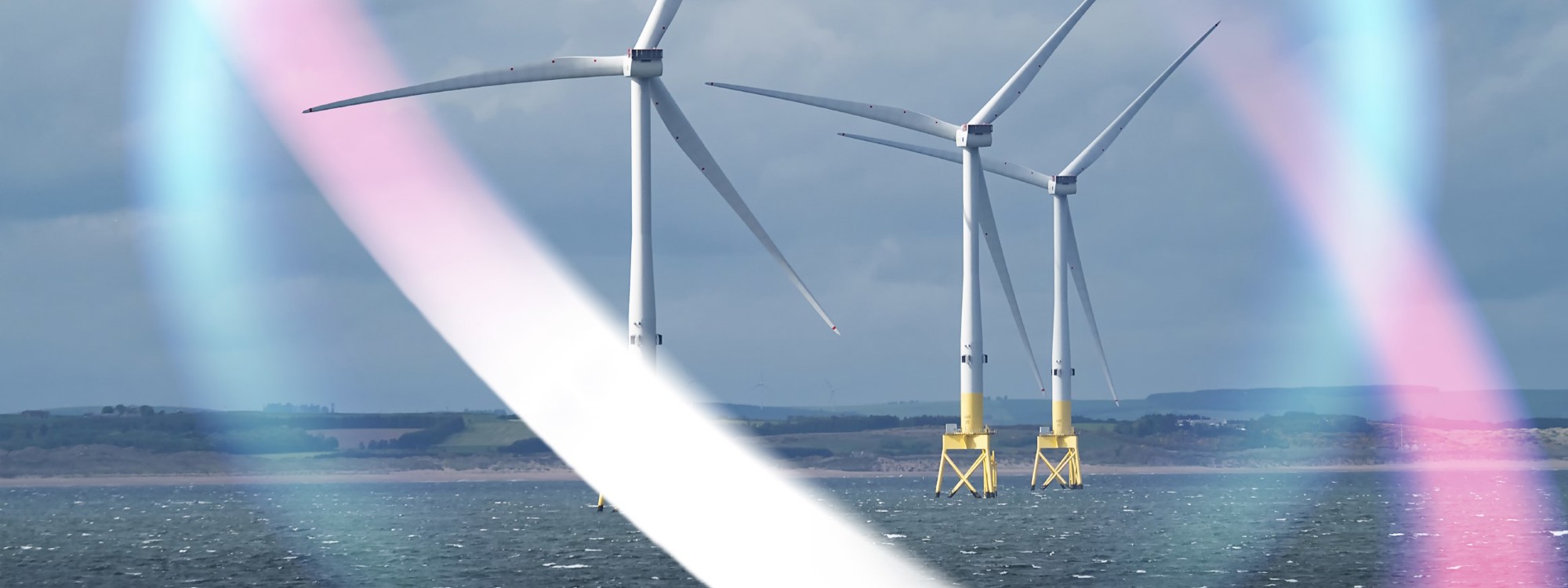
Why we need to finish what we start in clean energy innovation
Pulling UK Industrial Strategy Through to Delivery
By Richard Oldfield, CEO at NCC
Offshore wind is one of the great UK industrial success stories. In just over a decade, we’ve gone from early adopters to global leaders - driving down costs, increasing deployment, and pushing into new frontiers like floating wind.
But we now face a familiar crossroads. The UK excels at early-stage innovation - the science, the pilots, the policy ambition. What’s missing is often the next step - the industrial follow-through.
If we’re serious about clean growth, resilience, and unlocking regional potential, we need to be just as committed to how we manufacture as we are to how we innovate.
We must make - and manufacture - more in the UK. We cannot continue to rely on others to deliver 50% of our future energy system.
From Policy to Production - The Test for UK Industrial Strategy
The UK’s net zero ambitions are now embedded in multiple government strategies - from the UK Clean Energy Industries Sector Plan to the Offshore Wind Industrial Growth Plan (IGP). Each recognises offshore wind as a pillar of our future energy mix.
The 2024 IGP identified offshore wind as a £25 billion opportunity for the UK economy by 2035, with the potential for over 100,000 new manufacturing jobs. Blades alone could deliver £6 billion in GVA over the next decade.
The challenge - and the opportunity - is to make sure those numbers translate into UK-made products, jobs, and supply chains.
Because without the investment to complete the innovation pathway - all the way through to late-stage R&D and industrial deployment - we don’t just risk losing the economic value.
We risk creating great research for others to commercialise, world-class innovation that delivers someone else’s growth. And that’s the difference between a transient industry - and a long-lived, sovereign manufacturing ecosystem.
Whole-System Thinking - Joining the Dots Across the Energy Transition
Industrialisation doesn’t happen in isolation. To make the energy transition real, we need to think about the whole system - not just how we generate clean energy, but how we turn that energy into products, supply chains, and economic value.
That means investing at every stage - from early R&D, to scaling up new technologies, to building factories and supporting long-term maintenance and operations. It also means making sure decisions are joined up across government departments, across regions, and across sectors - so we’re not solving problems in isolation.
Only by thinking across the full lifecycle - from ideas to infrastructure, and from deployment to long-term capability - can we turn innovation into industrial strength.
Floating Wind - and the Case for UK Manufacturing
Floating offshore wind is the litmus test. Projects are moving towards Final Investment Decisions (FIDs) by 2028. These will shape global supply chains for the next decade.
This is a pivot point - and a chance for the UK to lead in next-generation solutions, if we act now.
The components involved - blades, floating platforms, towers, cable systems - are some of the largest and most complex structures ever manufactured, often made of composites or hybrid materials. Their size makes local manufacture not just an economic argument, but a practical one.
If we want the UK to do more than host turbines - if we want to make the parts, build the platforms, own the capability - then we need to invest now in the skills, facilities, and digital tools that make this possible.
A New Kind of Industrial Strategy – Built on Execution
This is not about rewriting policy. The plans exist. What’s needed now is delivery - turning strategy into investment, and research into real-world production.
Programmes like TURBO, SusWIND, and our work with Vestas are already helping to pull innovation through into manufacturable, certifiable, and circular solutions. Digital twins, automated quality control, and AI-enabled design are reducing costs and compressing timelines.
This is exactly the kind of late-stage, applied innovation that UK industry needs - but it requires continuity, confidence, and coordination to scale. This is about product and technology leadership - not in theory, but in delivery. That’s how we anchor industry and supply chains for the long term.
The UK’s Competitive Advantage - If We Use It
We have the pieces - a strong R&D base, decades of offshore engineering experience, and proven industrial regions that are ready to grow.
The question is whether we can join the dots fast enough to turn that advantage into anchored supply chains, long-term capability, and sovereign resilience.
Final Thought
The next chapter of UK industrial strategy will be judged not by how well we wrote it - but by what we built.
Offshore wind gives us a chance to prove we can still scale innovation into production, and production into prosperity.
If we want clean energy to be a foundation of UK growth - not just decarbonisation - then we must finish what we start - investing in innovation, manufacturing at scale in the UK, and creating the conditions for system-wide leadership.
Because in the end, it’s not just about building wind turbines - it’s about building a future we own in the UK.
Let's talk
We have capabilities to accelerate the future of advanced manufacturing with digital innovation, AI, and high-rate manufacturing capabilities — from carbon fibre and CMC breakthroughs to autonomous systems that strengthen the entire UK supply chain.

